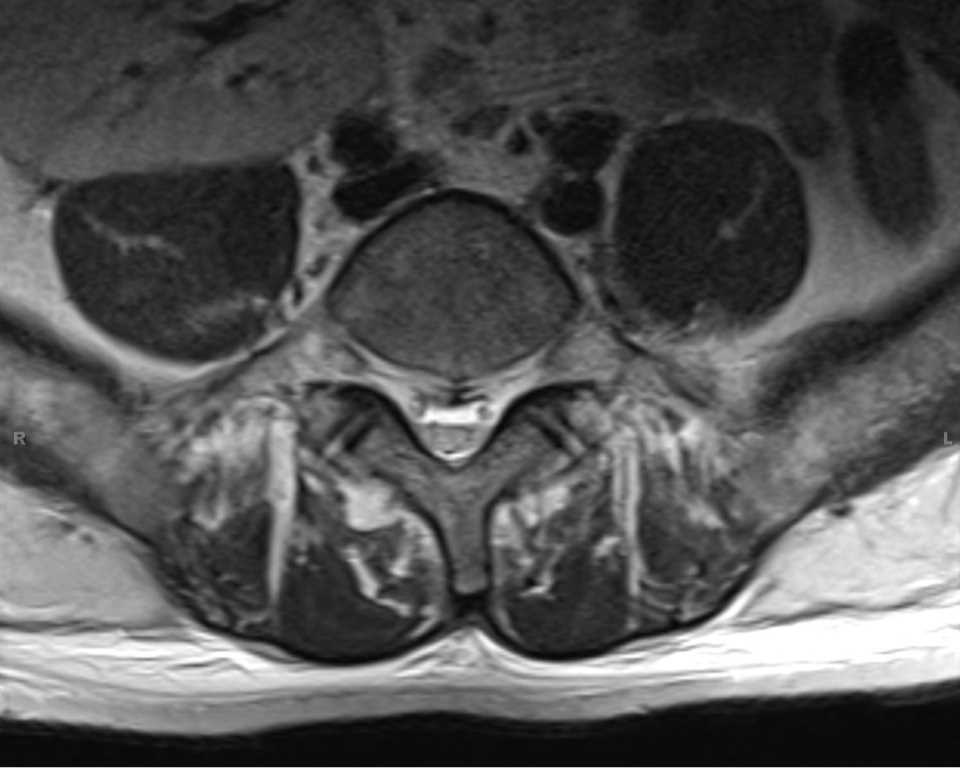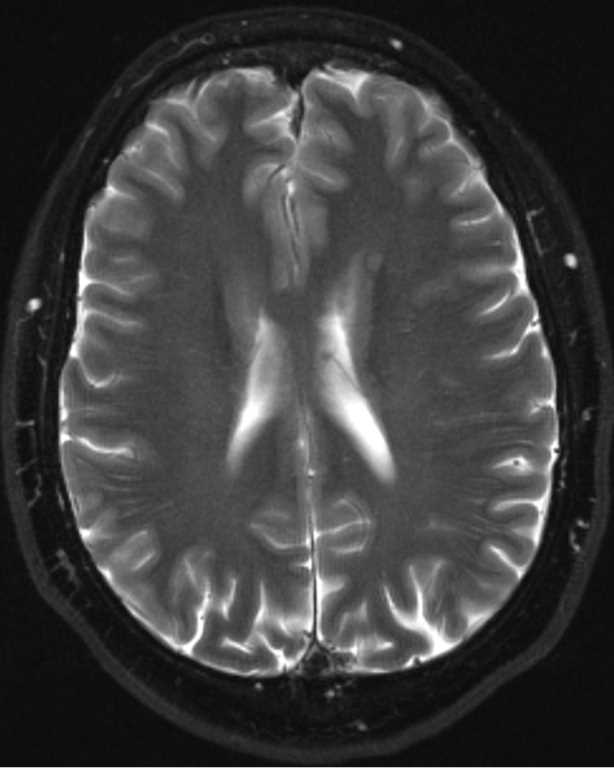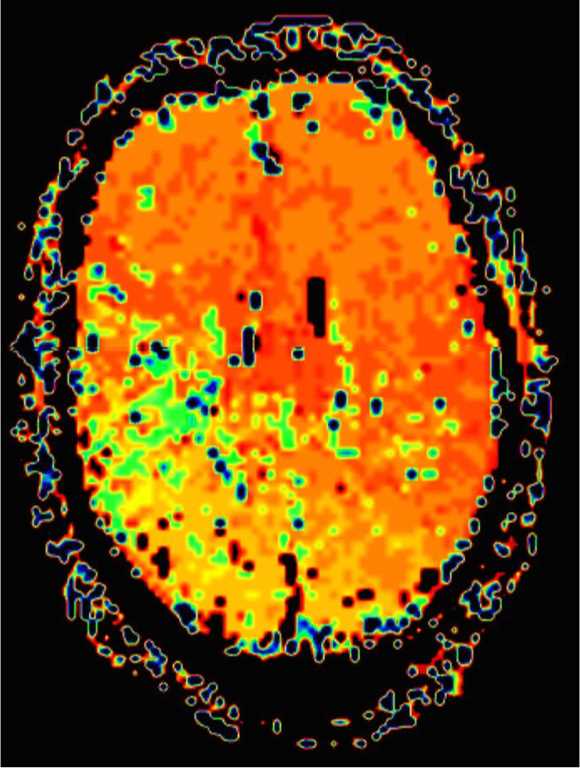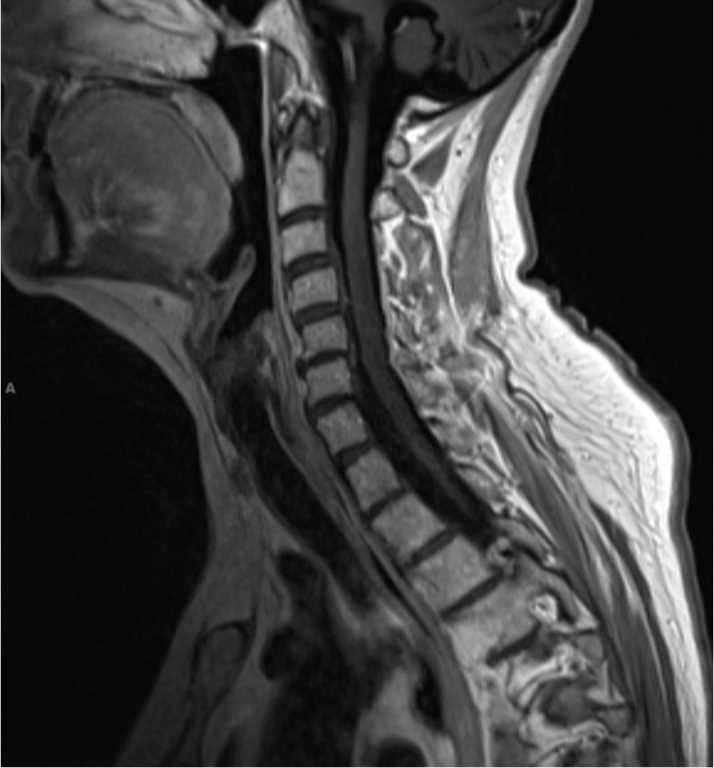
- 2
- ,
- 3
- 8
- 1
To Quiz Yourself: Select OFF by clicking the button to hide the diagnosis & additional resources under the case.
Quick Browser: Select ON by clicking the button to hide the additional resources for faster case review.
CASE NUMBER
180
Diagnosis
Epidural Hematoma with Spinal Cord Puncture Wound
Note
48-year-old male stays post traumatic puncture injury to the mid-thoracic region. There is abnormal T2/STIR hyperintense signal within the central cord substance of the lower thoracic spinal cord at approximately the T10 vertebral level. Extending through the dorsal epidural space of the thoracic and upper lumbar spinal region, there is a T1, T2, and STIR hyperintense collection, compatible with an acute hematoma, partially effacing the thecal sac. The hematoma also contacts, displaces, and mildly deforms the upper to mid thoracic spinal cord with subtle central cord T2/STIR hyperintense signal compatible with edema. There are two smaller ventral epidural hematomas within the upper thoracic and upper lumbar spinal regions best demonstrated on the sagittal T1-weighted image. The axial images demonstrate the puncture would injury to the lower thoracic spinal cord substance with surrounding edema. There is also a dependent hematocrit level within the lumbar spinal canal on the axial T2 and sagittal STIR images. Spinal epidural hematomas are most common in the cervical or cervicothoracic region with extension over multiple levels. Epidural hematomas are most common over the posterior aspect of the thecal sac.
THIS IS CASE
180
OF
396












